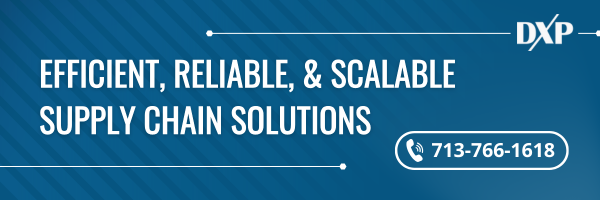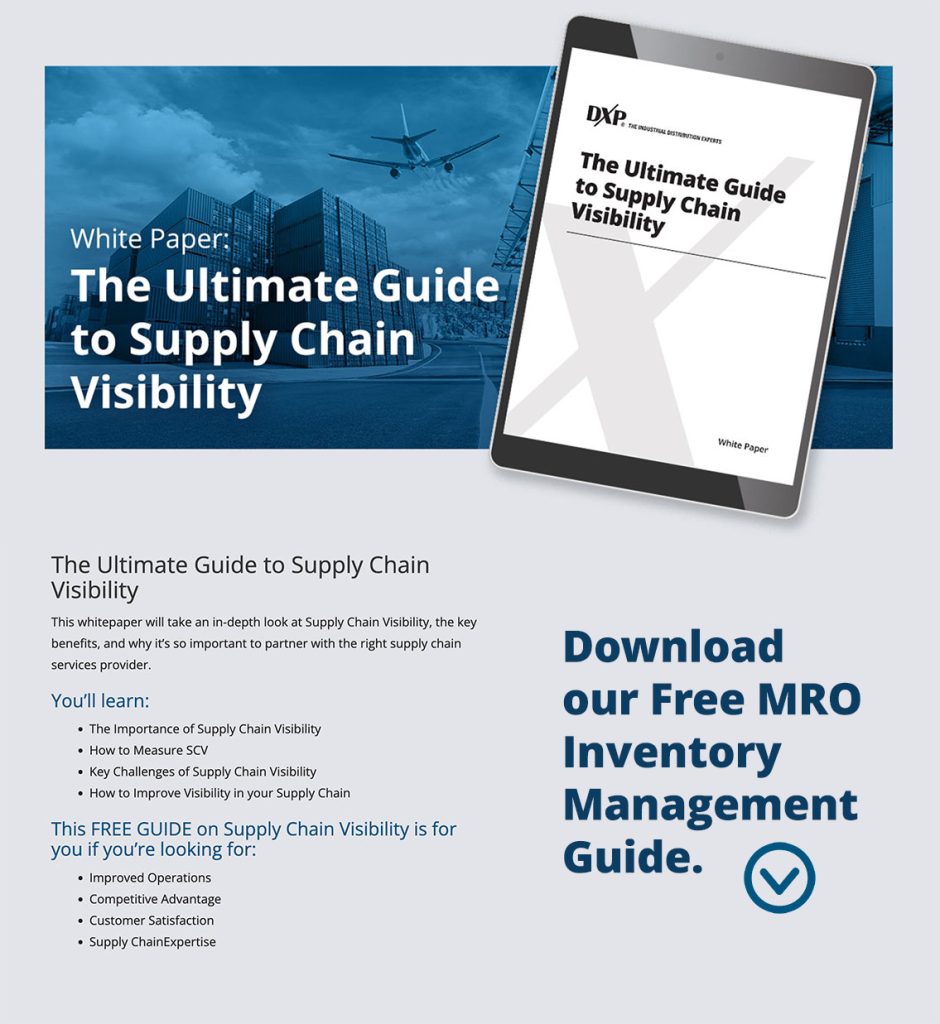
How Companies Can Embrace the Integrated Supply Chain: Step by Step
In response to the unprecedented disruptions caused by the events of 2020 and 2021, business leaders around the world are exploring ways to make their supply chains more resilient.
While the concept of supply chain integration existed long before 2020, newfound concerns about supply chain resiliency and agility have undoubtedly fueled the adoption of this modern approach.
Embracing the concept of an integrated supply chain allows organizational leaders to protect their business continuity, tap into cost savings opportunities, and improve the overall efficiency of their companies. To implement supply chain integration, decision-makers should follow the step-by-step approach outlined below.
What Is an Integrated Supply Chain?
The term “integrated supply chain” refers to a state of enhanced collaboration and communication between members of the supply chain that includes sellers, manufacturers, shippers, buyers, distributors, and others.
In order to achieve supply chain integration, buyers, sellers, and any other concerned parties must establish pathways for sharing data with one another. For instance, if a manufacturer’s technology stack can send real-time updates to a buyer about the status of their order, the two parties’ supply chains are “integrated.”
Key Elements of Supply Chain Integration
The above example is an oversimplification, of course. To facilitate high-level collaboration and optimized performance, members of a supply chain must address all four “C’s” of integration, which are:
- Cooperation
- Collaboration
- Customers
- Communication
If even a single link is missing, then the supply chain has not truly been integrated, or at least not fully. On the other hand, the integrated links of a supply chain can communicate, collaborate, cooperate, and meet customers’ needs with minimal friction.

5 Steps to Integrate Your Supply Chain
If your organization wants to achieve supply chain integration, you will need to address the four C’s while accomplishing the following:
1. Define Organizational Goals
Defining your goals should be priority number one anytime you create a new organizational initiative. Goal setting helps your business keep its eye on the proverbial prize.
When it comes to integrated supply chains, you should answer questions like, “Why do we want to integrate?” and “What results do we hope to observe?” Doing so will help your organization set realistic and relevant goals.
2. Understand Your Role in the Supply Chain
After establishing a few goals, shift your focus to your company’s role within the supply chain. Your integration strategy will vary depending on where you lie in the chain.
For instance, a manufacturer will need to collaborate with its raw materials supplier, shippers, and buyers when attempting to integrate, while a shipper may only need to integrate with one or two members of the supply chain.
3. Analyze the Current State of Your Supply Chain
Take an objective look at the current state of your supply chain. For example, is your business enjoying a robust and consistent cash flow, or have things been slightly inconsistent? What about information? Are other members of your supply chain relaying critical information to you in a timely manner, or is this aspect of your chain inefficient as well?
Once you have identified your strengths and weaknesses, leverage the former and systematically work to improve the latter.
4. Choose Between Vertical and Horizontal Integration
Horizontal integration involves integrating with organizations that serve a similar supply chain role as your business, while vertical integration involves optimizing data sharing between other links along your supply chain. You can focus on a single type of integration or pursue both, depending on the needs of your business.
5. Define Supply Chain Planning Parameters
Finally, you will need to establish detailed parameters for your integration strategy. These parameters will define how much data you want to share with other MRO supply chain members. Setting clear parameters will streamline the integration process while simultaneously helping you protect critical business data.

How DXP Supply Chain Services Can Help
DXP Enterprises offers a comprehensive array of supply chain services paired with leading-edge software solutions. Combining our industrial distribution expertise and the latest user-friendly technology empowers your organization to integrate its supply chain, unlock cost savings, and promote business growth.
If you want to learn more about our suite of supply chain services, we invite you to connect with DXP Enterprises today. Contact us today to find out more information.

